SEO best practices are important aspects in boosting your website rankings in search engine results pages (SERPs).
You can achieve a high score if you write your paper according to the rules and regulations, just as you do in specific exams.
Similarly, if you optimize your website according to search engine guidelines, your chances of ranking on the first page of Google will increase.
However, SEO practices are never consistent or stable and must be adjusted and modified on a regular basis in response to the latest search engine algorithm releases and updates.
In this article, we’ll keep you up to date on the SEO Best Practices guidelines to help you boost your website ranking on the search engine results page and expand your business growth.
Let’s get started.
What Are SEO Best Practices?
SEO Best Practices is a set of practices used to improve the ranking of a website in search engine results pages (SERPs).
These SEO best practices help search engines like Google to understand a website’s content and structure, this can allow them in displaying it in the most relevant and authoritative manner possible.
The ultimate goal of SEO best practices is to help in increasing organic traffic to your website or blog while also increasing its visibility and credibility online.
With that in mind, here are the 10 most important SEO best practices you should be aware of to start boosting your website traffics:
10 SEO Best Practices
- Do Proper Keyword Research
- Improve The Structure Of Your Website
- Improve Your Website Loading Speed
- Write High-quality And Good Content
- Use Alt Tags For Your Website Images
- Use Meta Descriptions In Your Content
- Improve Your Website’s User Experience.
- Use Schema Markup For Your Website
- Build High-quality Backlinks To Your Website
- Submit Your Website To Search Engines
1. Do Proper Keyword Research
Keyword research is one of the important aspects of search engine optimization (SEO) because it enables you to understand what people are looking for online and what keywords and phrases they are using and typing on search engines to find the information they need.
Doing keyword research in the proper way can provide valuable insights into the topics and subjects that are relevant to your target audience, this will make it easier for you to create content that they will find appealing to your audience.
For example, when I type in “how to make coffee at home” on Google. Websites and blogs with this keyword in their content will appear on the search engine results page (SERP).
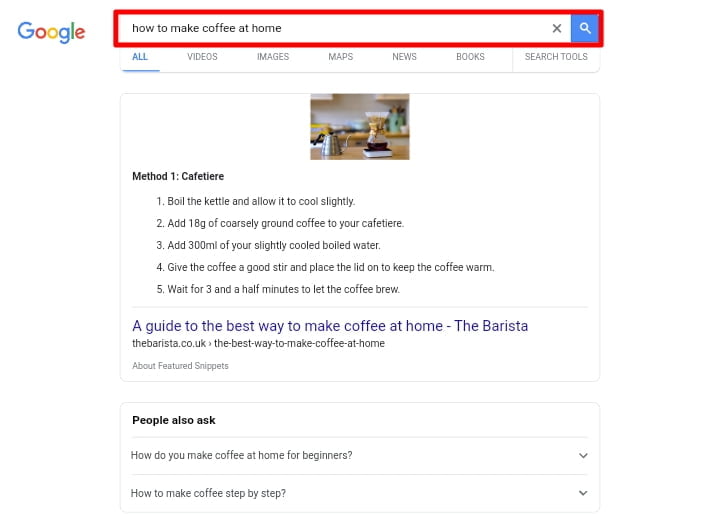
You may be wondering how Google knows which keyword to rank each website and blog page for if there are many words and phrases in the content.
The keyword density of a keyword you’re using gives Google hints. So, if you want a search engine like Google to understand what your website page is about, use focus keywords within the Keyword density limit.
To do proper keyword research for your website or blog, you can use some of the free SEO keyword research tools below:
KWFinder

KWFinder is a keyword research tool that performs both traditional and competitor keyword research to help you in identifying long-tail keywords with low SEO difficulty.
BuzzSumo

BuzzSumo is a cloud-based platform that helps you find the best social and search engagement, content, and outreach opportunities.
Discover new keywords, trending stories, customer questions, and content success while keeping track of what matters most to your brand.
2. Improve The Structure Of Your Website
The structure of your website is another important aspect of search engine optimization (SEO) because it influences how search engines like Google crawl and index your website, as well as the user experience of your visitors.
Improving the structure of your website can help you increase your website traffic organically, improve search engine visibility, and provide a better user experience for your visitors and audience.
To improve the structure of your website start by organizing the structure of your website. Determine the main categories of your website and design a structure that allows users to find the information they seek easily.
Next, use descriptive URLs in your website so that they can properly represent the content of each page in your website. This can also help both users and search engines understand what your website page is about.
And finally use header tags like (H1, H2, H3, etc.) to structure your content and make it easier for users to navigate. Header tags also give search engines more information about the structure of your content.
3. Improve Your Website Loading Speed
Improving your website loading speed is an important factor in search engine optimization (SEO) because it affects both the user experience and how search engines crawl and index your website.
A slow-loading website can result in a high bounce rate, a lower search ranking, and a lower conversion rate.
You can improve the user experience, increase organic traffic, and improve your website’s performance in search results by speeding up your website.
Most users don’t like a slow-loading website. If you want your website to rank higher in search engines make sure to improve your website loading speed by following SEO best practices.
According to Google research, increasing the loading time of a website from 1 to 3 seconds increases the bounce rate by 32%.
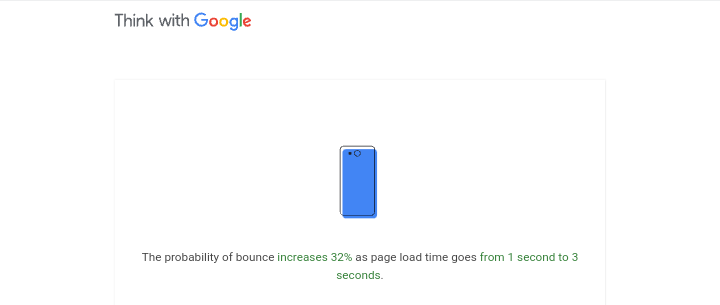
As a result, as loading time increases, so does the percentage of people who leave your website increases. It leads to a decrease in traffic and, as a result, a reduction in Google’s ranking.
You can further monitor your website loading speed by using website speed testing tools such as Google PageSpeed Insights, GTmetrix, and Pingdom to monitor the speed of your website and identify areas for improvement.
With Google PageSpeed Insights, you can check the loading speed of your website, analyzes its performance, and provides suggestions on how to improve it.
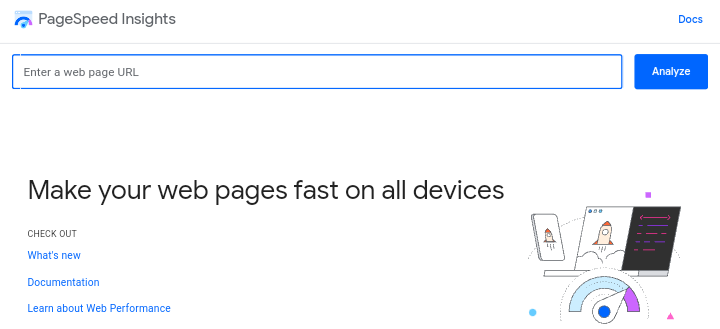

We also recommend you try the GTmetrix website speed testing tool for a better review of your website page loading speed because it provides more insights on your page loading speed and offers suggestions on how to improve it.


Check out the GTmetrix tool and also the Pingdom tool to see how fast your website is and what improvements it suggests.
You can further improve your website loading speed by applying the following tips:
- Image Optimization: Large images can slow down your website and have a negative effect on the user experience. You can optimize your website images by compressing and reducing the image file size without losing quality.
- Reduce HTTP Requests: When a website page loads, it sends a series of HTTP requests. Reducing the number of HTTP requests to a minimum capacity can help your website load faster.
- Use A Content Delivery Network (CDN): A CDN helps to distribute your website content to servers located all over the world, reducing the distance that data must travel and speeding up your website’s loading time. You can use CloudFlare CDN for your website.
- Use A Fast And Reliable Hosting Service: The speed of your website is greatly influenced by your hosting service. Choosing a fast hosting service that can handle the volume of traffic to your website, and can help in Improving your website loading speed. You can use Hostinger Hosting for your website.
- Use Lightweight WordPress Themes: If you are using WordPress, bulky WordPress themes can slow down your website. Consider switching to a faster-loading theme if your current one isn’t fast. You can consider switching to Kadence Theme, for more information read Kadence Theme Review.
4. Write High-quality And Good Content
High-quality and good content are important for search engine optimization (SEO) as well because it can benefit the users if you provide content that can solve their problems and is valuable to them.
Search engines like Google are willing to rank your website content higher in search results if your content can solve problems and provide value to users.
Write well-written, relevant, and informative content to help increase your website traffic organically, and boost your website’s ranking in search results.
Make sure that your content is at least 500+ long words and use short paragraphs, headings, and bullet points to make your content easy to read.
Break up your content with subheadings to make it easier for users to navigate, and regularly update your content.
5. Use Alt Tags For Your Website Images
Alternate Text (alt tags) are HTML attributes that provide a brief description of an image on a web page. Alt tags are usually used to display in place of an image in case if the user is unable to load or view it.
Alt tags help to improve accessibility, improve user experience, and ensure that search engines properly index your website images.
Using alt tags for your website images and following the SEO best practices can help search engines like Google understand the context of images in your website and its content, which can affect a website’s ranking in search results.
For example, when I search for “coffee cups” on Google I can see these images below because they have the alt tags for “coffee cups“.

6. Use Meta Descriptions In Your Content
Meta Description is a brief summary of your website page’s and post’s content that appears in search engine results.
It is an HTML tag that provides a brief description of the page’s and post’s content, allowing users to determine whether the page is relevant to their search query.
The meta description has no effect on your website page’s and post’s ranking in search engine results, but it does influence whether users should click on it or not on the search engine results page.
Because this is the amount of text that is typically displayed in search results, the perfect length for a meta description is between 120-158 characters.
When writing a meta description for your website it is important to write compelling and accurate descriptions because they have a significant effect on your website page and post’s click-through rate (CTR).
Use keywords related to your website page and post’s content in your meta description to help search engines in understanding the topic.
A good example of a meta description is when I search on Google for “how does coffee look like” I was able to find content with a meta description. Check the screenshot below (the place highlighted in red is the meta description).
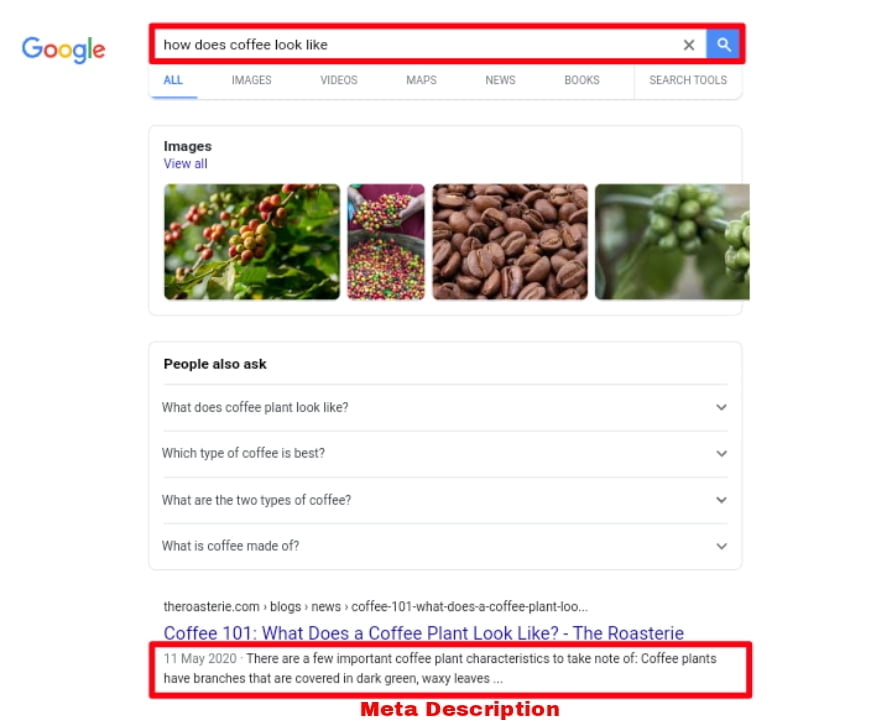
7. Improve Your Website’s User Experience
Improving your website’s user experience (UX) is important for both search engine optimization (SEO) and providing a positive and engaging experience for your visitors.
A well-designed and user-friendly website can boost visitor engagement, lower bounce rates, and boost conversions.
Make sure your website navigation is straightforward, clear, and simple to use. Throughout your website, use a simple and consistent navigation structure to ensure that users and visitors can easily find what they are looking for in your website.
Improving your website loading speed is also an important factor in improving your website user experience just as we have discussed in number 3 of the SEO best practices.
Make sure to optimize your website images, reduce file sizes, and limit the use of plugins and third-party tools to ensure that your website loads quickly and efficiently on mobile devices.
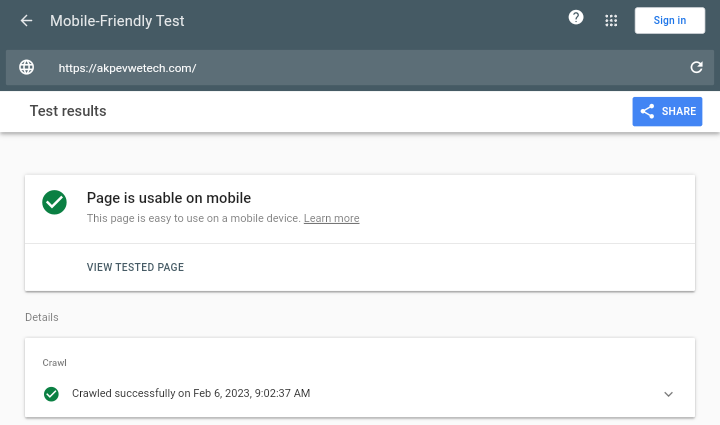
8. Use Schema Markup For Your Website
Schema markup is a type of structured data that is added to the HTML code of your website to provide additional information about the page’s and post’s content to search engines like Google.
The goal of schema markup is to help search engines better understand a website’s content and provide more informative and useful search results.
By providing more detailed information about the content of your website pages and posts, schema markup can help improve the visibility of your website in search results.
This can make your website pages and posts rank higher in search results and increase the likelihood that users will click on your page in search results.
Schema markups are search snippets with additional information like images, ratings, and pricing. Check the screenshot below!
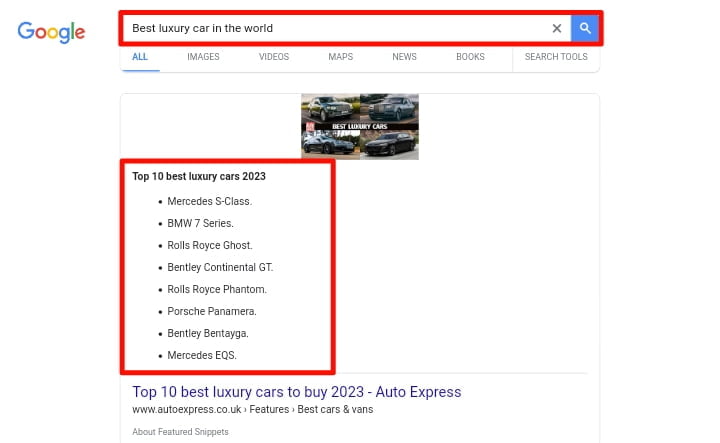
This is a good example of schema markup that appear on Google when I search for “best luxury car in the world“.
9. Build High-quality Backlinks To Your Website
Backlinks are links from other websites that point to your website. They are also known as inbound links or incoming links.
They are an important factor in search engine optimization (SEO) and play a significant role in determining your website’s relevance and authority.
Backlinks are the most important SEO best practices to follow if you want to rank your website on the first page of Google.
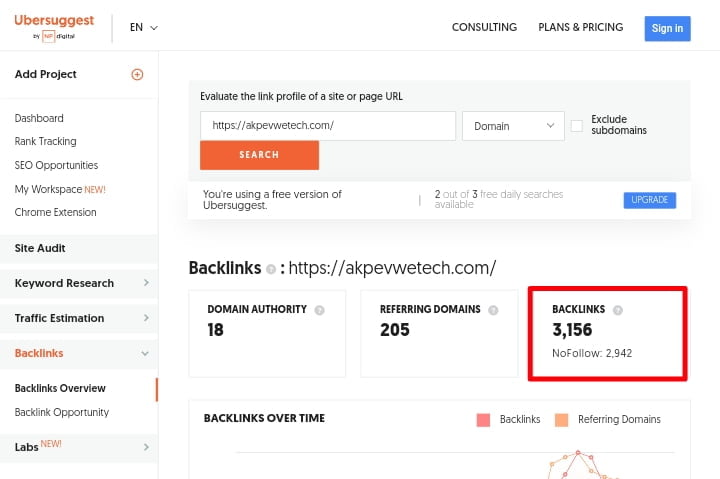
Building high-quality backlinks is an important factor of any SEO strategy because it can help drive more traffic to your website and improve your search engine rankings.
Backlinks were regarded by Google as votes of relevance and trust. As a result, the greater the number of backlinks pointing to your website from other websites, the higher your website’s ranking.
Here are some of the SEO best practices for building high-quality backlinks to your website:
- Create High-quality Content: Creating high-quality, relevant, and engaging content that other websites will want to link to is the first step in building high-quality backlinks. This can be a form of blog posts, articles, infographics, videos, or other types of content that your target audience will find useful.
- Guest Post On Third-party Websites: Guest posting on third-party websites is one of the most effective ways to build backlinks. To do this write a blog post for another website in your niche or topic and include a link that links back to your own website in the post.
- Contact Influencers In Your Niche: Influencers in your niche can be a valuable source of backlinks. Offer to write a guest post for their website or ask them to share your blog content on their social media pages.
- Participate In Forums And Communities Relevant To Your Niche: Participating in forums and communities relevant to your niche can help you build backlinks and increase your visibility. Answer questions and contribute to discussions in these communities, and include a link to your website in your registration or profile.
- Use Social Media: Social media can be an effective method for building backlinks. Share your blog content on social media and encourage your followers to do the same by sharing. This can help you expand your reach and increase traffic to your website.
For more information on building high-quality backlinks read more on why backlinks is important for SEO.
10. Submit Your Website To Search Engines
Submitting your website to search engines is the SEO best practices by simply informing search engines about your website’s existence and providing them with information about your pages, posts, and content.
You can help search engines understand the structure and content of your website by doing so, making it easier for them to crawl and index it. This can help in increasing your search engine visibility and rankings on the search engine results page (SERP).
Start by choosing the right search engines, Google and Bing are the two most popular search engines. It is strongly advised that you submit your website to both of these search engines, as they deal with the majority of the rest of the search traffic.


You will need to first verify your website ownership before you submit your website to search engines. This is usually done by inserting a unique code into your website’s HTML or by uploading a file to your website’s root directory.
Once you have submitted your website to Google Search Console and Bing Webmaster Tools. You can start tracking your website performance and pages after they have been crawled and indexed.

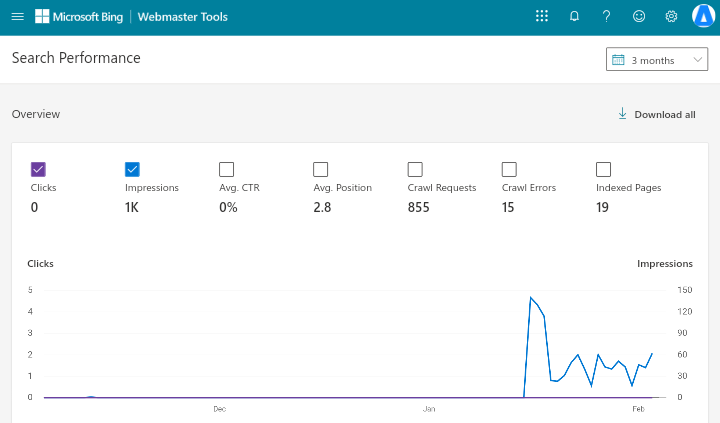
Conclusion
These are the SEO best practices and 10 tips to boost your google rankings, you can further implement these tips in your website or blog to boost your rankings in search results.
Google’s algorithms and guidelines are becoming increasingly stringent year after year. As a result, you can only rank your website on the search engine results page (SERP) by implementing these SEO best practices.
We hope this article helps you in finding the SEO best practices. Happy website ranking!
If you have any difficulties in implementing these SEO best practices please let us know in the comments as we will be there to answer your questions.
And you can additionally join our Bloggers Discussion group on Facebook for more helpful tips related to SEO and Blogging.



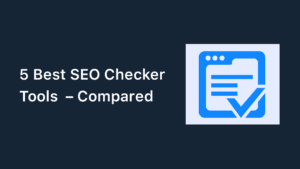

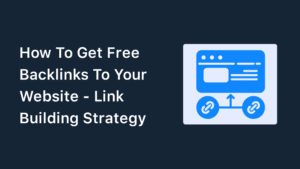
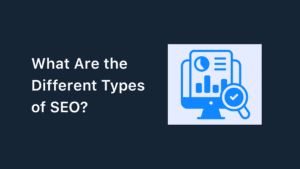
Special Web Hosting Offer | $2.99/mo